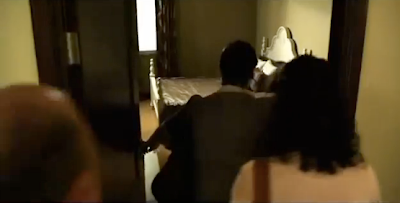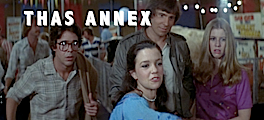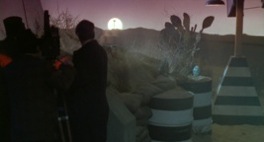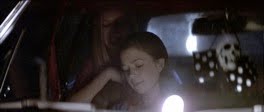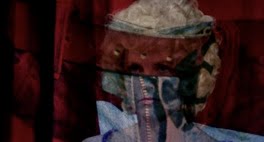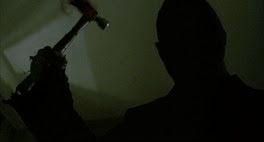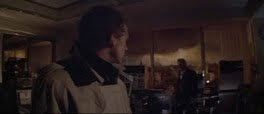"Oh, I don't... oh, you know, it changes. I mean, I do and I don't. And there's films I've made that have now become favorites that, years ago, were not my favorites. And so, you know, it's... I just think things get better with age."
Or distance! Perhaps it's not improvement with age, but the warm ochre brilliance that comes through when letting go of the pettier worldly baggage, such as the overall success of your picture, and approaching it from a different vantage point of recognizing the genuineness and the painstaking artfulness with which Hooper treats onto, like a gleaming lacquer, every inch of his works.
Coupled with a vague quote I recollect reading from him (but unfortunately cannot place right now) in which Hooper speaks humbly about Invaders from Mars and then says he watches it every six years or so and is reminded it's not so bad, it becomes clear there's minute artistry meant in the existence of everything he puts out.
Being currently in a spell of being overwhelmed by the unifying consistency of brilliance found throughout Hooper's filmography (one must blame a recent re-watch of Texas Chainsaw Massacre, which is so clearly at one with his career, a wilder antecedent to a career developing his ways of intricate staging and angular visuals), here's another entry of "The Hooper Challenge" (the title at this point a misnomer):
T.H.C. #3
(1) (2)"How minutely expressive are Hooper's visuals...
... and lean...
... is Hooper's scene-building.
How ambitious are these attempts to manifest, through the
cinematography...
... the emotional filigree and dramatic vigor he senses
within his stories.
They interlock in sequence in a way almost algorithmic...
... and the syncopated beats of
actions and interaction seeming uncommonly computational in its artful
preciseness.


Furthermore, his camera is an entity unto itself...


... and by a never more-than-human, always perspective-informed observational restraint.

As
some filmmakers create great art by emphasizing an inorganic, clinical
eye...
... Hooper and his brand of aestheticism embodies a very organic and
emotive camera...
An actor-and-camera ballet exists in his blocking of his players...
Shots are rich with textures...
... and painterly artistic principles...
Hooper's films are pure "works of art" - astounding marathons of inspiration...
... and solemnity towards the serious aims of cinema...
... of elegance and compassion and creation...
... idea and thesis...


... and presentation.
Choked of the loftiest ideals of story as rich, woven tapestries of character, drama...
... metaphor, and commentary...
... rich abstractions effectively superseding...
... filmmaking of literalism.
























